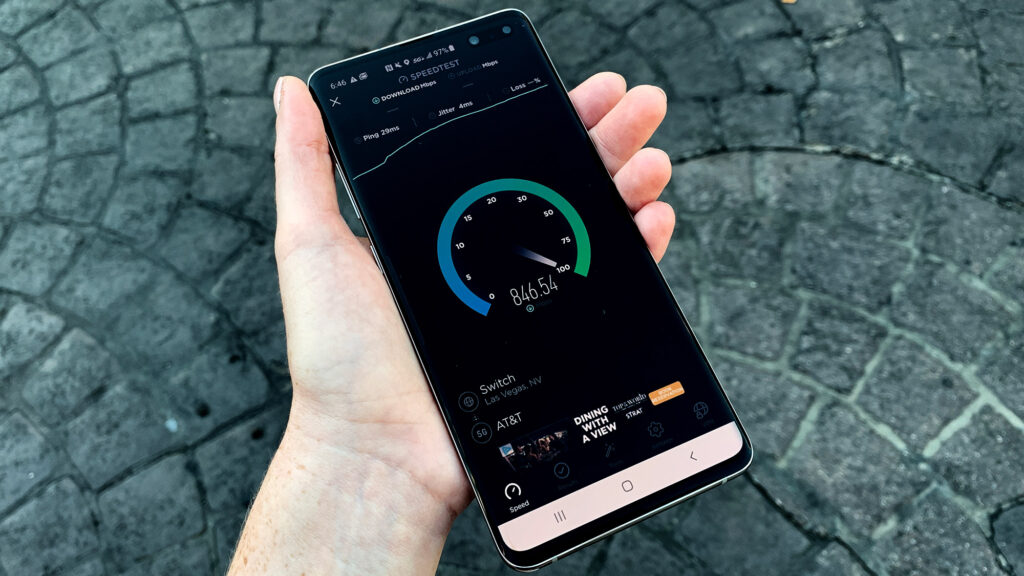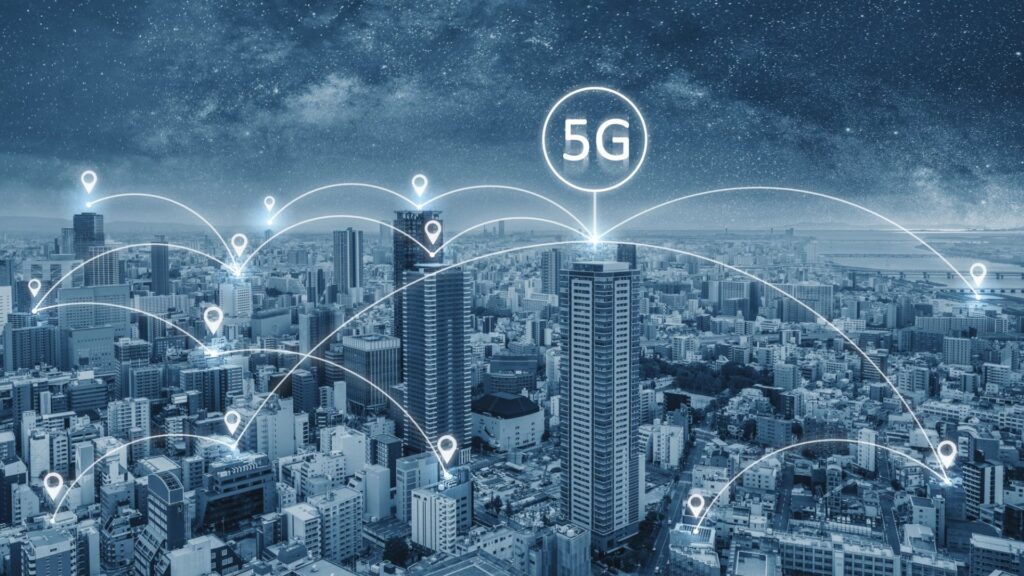Almost 20 years ago, the concept of a cellular phone was just a dream. But that has all changed thanks to cellular technology. The first generation of cell phones will be remembered well by those of a certain age. Although they had a number of shortcomings, they provided us with a level of connectivity we’d never known. Through the advancement of cellular technology, 4G (also called LTE) has yielded a wealth of apps, social media, and streaming video. Technology has become faster with each generation. This version is incompatible with the previous generation due to the following changes:

- Cellular 1G used analogue technology.
- The 2G technology was the first digital cellular technology.
- Speeds increased between 200 kilobits per second and a few megabits per second with 3G.
- 4G has brought speeds up to hundreds of megabits per second and even more.
Cellular technology entering its next generation.
In the coming years, 5G promises to be a game-changer even bigger, and marketers need to be prepared to make use of the technological advances it will bring.
A faster connection allows more data to be moved in a shorter amount of time. What is the speed difference? Faster than 4G by up to ten terabytes per second. Access to the internet will be easier from anywhere if connections are faster. The growth of markets is caused by more people using the internet.
Marketers will need to segment customer data to create more personalized experiences as a result of increased accessibility and more people entering the market thanks to faster speeds. Personalization is already expected by consumers today.
Thanks to 5G, we will be able to communicate and process data faster, and we will know more about more people.
5G will enable video marketing to expand even further than it already does, given the faster speed of the network. In theory, downloading an HD movie from a 5G network might only take a few seconds.
More than half of all tablet or video viewing takes place at home over broadband connection. Video files of any size can be consumed on any device using 5G.
Video marketing should be prioritized if we want to benefit from faster speeds.
High-Speed, Low Latency

Wireless Networking 5G is expected to offer fiber-like speeds and extremely low latency to almost anywhere.
Our market will also be able to contact us in real time. With no lag time between you and your customer, imagine talking to them live over video chat. Chatbots are great for building relationships with customers, and now might be the best time to start using them!
A decreased latency may also wane the popularity of ad blocking.
In other words, 36 percent of users block ads because they are too slow and take too long to load. Due to the reduced lag time, people may be less inclined to use ad blockers. Marketing will be more effective with 5G since more people will be exposed to ads more quickly.
Self-driving cars and factory robots are other possibilities that 5G promises due to its lower latency rates. 4G networks are unable to cope with such tasks, which demand a quick response.
Real-Time Analytics
Marketing will have access to real-time analytics with faster data communication between devices. With the help of AI and marketing automation, marketing campaigns could be optimized and tweaked in real-time.
It is possible that a consumer who just made an online purchase would no longer receive ads related to what they just bought due to informed, real-time analytics. If they then choose to upgrade to more advanced features, ads for related items and accessories would be served.
Challenges of 5G

It is nearing the day when 5G will be available, but implementing it will not be easy. The adoption of formal specifications and the rollout to all carriers are two potential barriers to success.
A strike on an underground powerline caused a massive power outage in downtown Baton Rouge, Louisiana, as AT&T began installing 5G cell poles on the streets.
Location tracking data may become more precise and accurate, which could lead to loss of privacy. A significant amount of personal data can also be collected using 5G. It is theoretically possible for advertisers to track your current location if your mobile provider sells your location data.
Consequently, in that case, we can serve our audiences more relevant ads based on their location.
Conclusion

4G and 5G are being compared to typewriters and computers. It’s a very big difference to learn to type on a typewriter, as someone who learned to type that way. Anyone can get the services they want whenever they want.
It was impossible to predict how rapidly business models such as Facebook, Spotify, and Uber would grow as 4G technology evolved.
5G will most likely follow the same path.
Connectors are becoming faster and more efficient, and as a result, possibilities increase. In the last three years, the number of patent applications related to “smart connected objects” has surged 54%, according to European Patent Office statistics.
A new invention arising from 5G will certainly be exciting to see. Marketers will also need to keep a keen eye on the new opportunities that may open for them and their clients.




